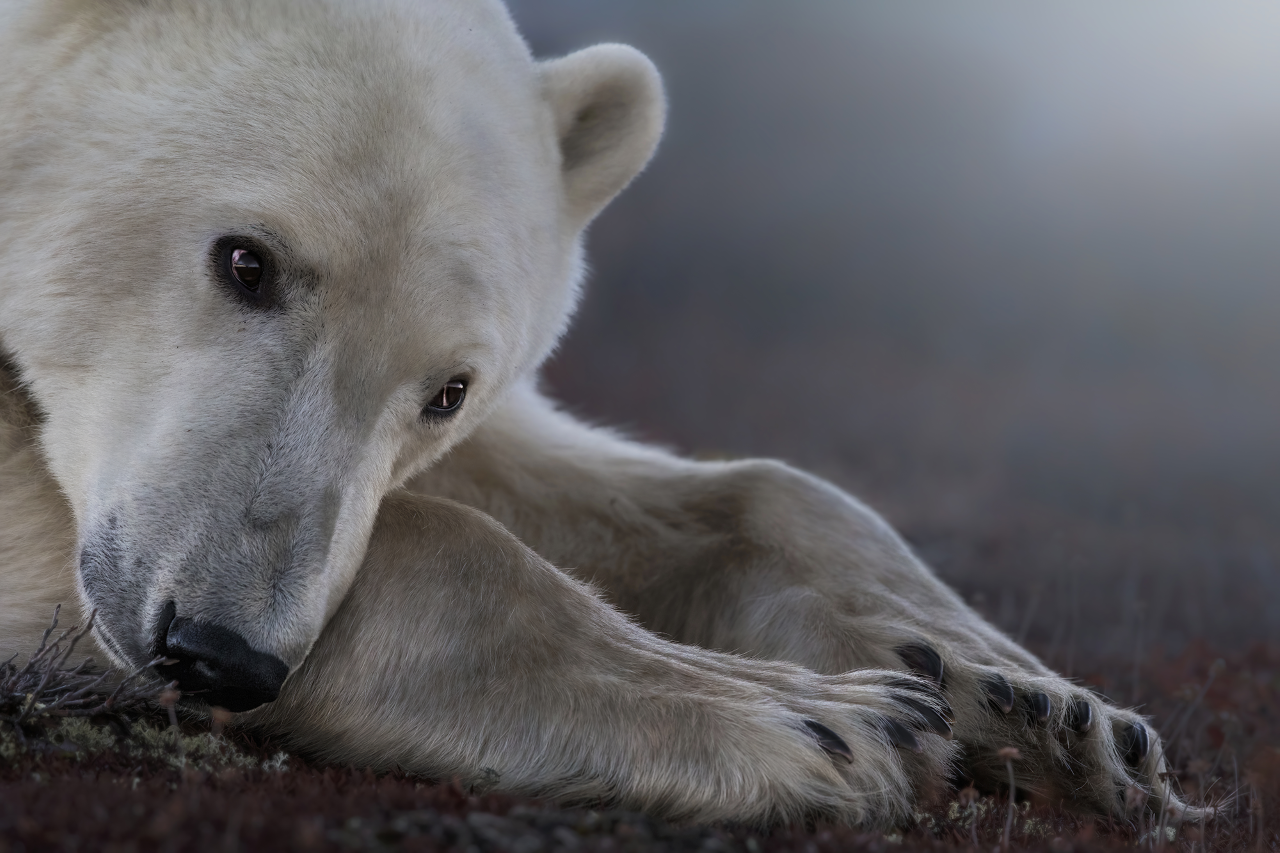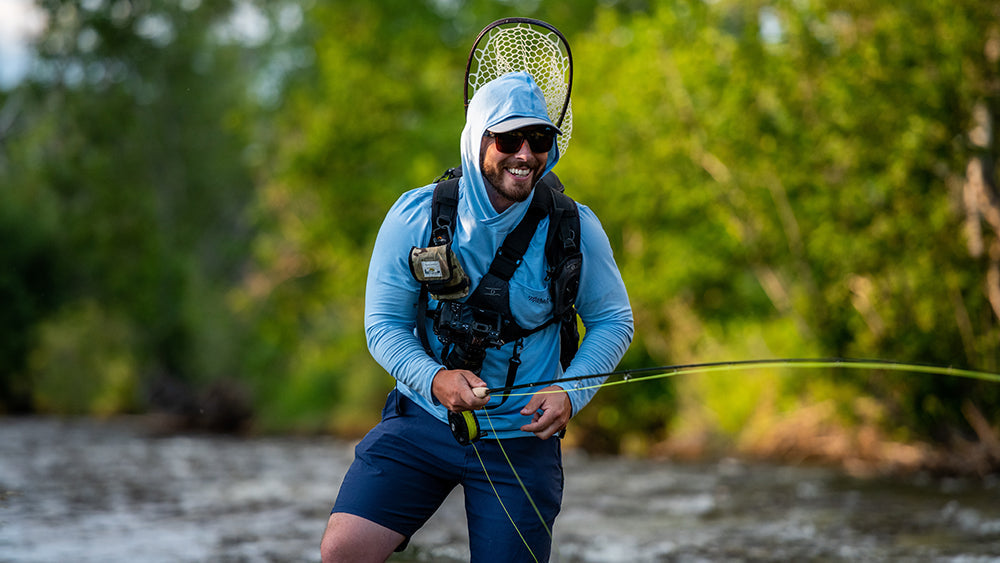Ever since the advent of digital photography, wildlife photography has become increasingly more popular; a camera with long lens attached is almost as common a sight as a pair of binoculars around most wildlife reserves these days. Many people use their equipment to record their sightings and are perhaps not so concerned about the quality and composition of their images. But for others, the photography bug starts biting and they set about trying to emulate some of the images they see on social media and in magazines. Most quickly realize that getting a decent image isn’t as easy as it first seemed, even with that expensive DSLR and telephoto lens.
In this article, I will explore how understanding the angle of view and depth of field can result in an immediate improvement in your results. I hope that these tips, and those that will follow in future articles, will soon get you producing images that will impress your friends and be at home on the front cover of a magazine.
But before we get into the technical side of things, one of the most important things to realize is that the telephoto lens you have just re-mortgaged the house to buy isn’t enough to guarantee great shots by itself. You may think that the 500mm or 600mm will instantly give you the reach to fill the frame with most subjects, whilst keeping enough distance between you and it so it doesn’t run or fly away, but I assure you that in most circumstances it won’t. Using fieldcraft to get close is very often the key to creating a great image without stressing your subject or altering its behavior.

Photo: Bird Hide. Hides are great places to observe birds at close range, but their elevated position often doesn’t allow the low angle required to create intimate images with good separation between subject and background
To create a memorable image, the viewer needs to be able to engage with it. In most circumstances, that requires an intimate connection, and the best way of achieving this is to get the camera eye - level with the subject. Taking images of waders feeding in the mud from a lofty position in a hide might be okay for identifying species and recording what you have seen, but mostly it isn’t going to yield an image with impact. For the likes of wading birds, water birds and many other ground-loving species, lying in the mud is the only option – a position which is the trademark of most good wildlife photographers. It can draw some strange looks, and there have been many occasions when passersby have stopped to ask me whether I was okay, concerned by my prostrate position and fearing I’d had an accident or heart attack!

Photo Pied Wagtail: This Pied Wagtail was feeding on an area of mown grass. To isolate the bird from the background, the camera and lens were resting on the ground to achieve the angle required. The low angle also creates a connection with the viewer as the image is taken at the Wagtail’s eye level.
Lying flat on the ground also gives you an instant advantage. You are immediately less threatening, and you will be amazed at how much more relaxed most the wildlife around you will become. Lie still for long enough, and most birds will eventually venture close enough to allow you to put that telephoto lens to good use. I’ve had birds come so close that my lens can no longer focus on them, I’ve even had things run over my outstretched legs, much to the amusement of the people behind me! And if the birds are relaxed, then that will show in your images, producing much more pleasing results. No one wants to see the back of a panicked bird as it takes flight to avoid the person with the camera chasing after it. The same principle applies to all sorts of wildlife from mammals and reptiles right through to plants and fungi.

Meadow Pipit: I came across this obliging Meadow Pipit singing on the top of a low clump of gorse beside a path. I wanted to isolate the bird against an uncluttered out-of-focus background, and I had to move around a bit and get a low angle to place it against a backdrop far enough away to achieve this aim. Luckily it stayed put just long enough for me to get a few frames, my unthreatening prostrate position no doubt helped.
Getting on the level with your subject not only creates intimacy, but it often allows the separation of the subject from the background. If you are serious about improving your photographic results, then the background and the relationship with your subject is another critical element to creating a great image. How many times have we all taken a photograph of a bird, managing to get it in perfect focus, bathed in beautiful light only for it to get lost or overwhelmed by a busy and distracting background? By understanding the dynamics of depth of field and the relationship of a subject to what is behind it, experienced photographers can focus the viewer’s attention on the subject by isolating it from the background elements.

Photo Redshank: There was no option but to photograph this Redshank from the top of a bank. The image is fine for identification purposes, but the intimacy is lost and the background too busy to make it anything more than an ordinary image.
The depth of field, i.e., the area in the focal plane where sharp focus is achieved, varies according to the following factors: the focal length of the lens, the aperture employed, and the distance between the lens and the subject. The longer the focal length of the lens, the larger the aperture (confusingly represented by smaller numbers on the camera settings), and the closer the lens is to the subject, then the shallower the depth of field will be. If the subject is also positioned a good distance from the background, then the more out of focus this area will be, creating good separation from the subject and concentrating the viewer’s attention in the right place. Getting eye-level with the bird creates the best chance of the background being far enough away to be rendered sufficiently out of focus for this separation to occur.
To try and demonstrate the point, visualize a pigeon sat out in an open field and how the relationship between it and the background changes if you first look at it from a standing position; then lying down with your head flat on the ground at the same level as the bird. The first image is a pigeon stood on the grass, most of the surrounding grass rendered relatively in focus, regardless of the focal length of the lens and the aperture employed, as the background is close to the bird. The second image is of the bird, still stood on the grass, but seen only as a thin strip beneath its feet, the rest of the background elements are now much further away and can be rendered well out of the focal plane, isolating the bird nicely. The more consistent the background color is and the more it contrasts with the color of the bird, then the cleaner the background will appear. When you start understanding this relationship better, you can even start using backgrounds to introduce subtle textures and patterns to add more dimension.

Photo Black-headed Gull: This Black-headed Gull obligingly stood on top of a shingle ridge. Positioning the lens at eye level to the bird creates a connection for the viewer. The sea in the background is far enough away to be completely out of focus and rendered as consistent shade of blue, isolating the bird perfectly. Lying flat on the beach was the only way to get the angle for this image and to get the bird close enough to fill the frame.
As we have learnt, the closer you are to the bird, the longer the focal length of the lens, and the smaller the aperture, then the shallower the depth of field will be; therefore, sometimes not all of the bird will be in sharp focus. Experience in the field will help you judge these situations and enable you to get the best out of them; using a smaller aperture (higher number) will help you control this. Bear in mind that the smaller the aperture, the less light will hit the sensor and you will have to compensate by reducing the shutter speed or increasing the ISO to maintain perfect exposure. And if you simply can’t get sharp focus on all the bird, then make sure you focus on the eye – that’s what creates the connection with the viewer nine times out of ten.
While in many situations, such as photographing birds in the garden, these elements can be controlled to take advantage of these techniques, wildlife doesn’t always place itself in ideal positions when we are out in the field. But there are always ways to create images with a different feel and which can have just as much impact. But that is a subject for another article.

Rob Read Bio: Rob is a professional photographer and author. He was one of the founding directors of, and the driving force behind, Bird Photographer of the Year until 2020. This year he embarked on a new project, WildArt Photographer of the Year, an international wildlife photography competition which is already attracting some of the best wildlife photography from around the world. www.wildartpoty.com
Find our more below





